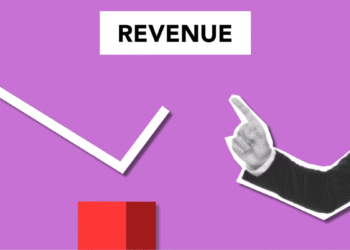Alright, I’ll admit. This used to be one of those things I knew I needed to do, but kinda avoided.
Like flossing or updating plugins. I’d do everything right. Great product, smooth checkout, quick delivery but then just hope people would leave a review. Spoiler alert: they didn’t.
The truth is, people are busy. Even the happiest customers won’t leave a review unless you nudge them… gently, but clearly. I learned this the hard way after launching a small online course. I had over 200 students in the first few months. Wanna guess how many reviews I got? Three. Three sad little reviews. And two of them were just stars—no text.
So yeah, I had to get smarter.
Here’s what I tried (and what actually worked):
1. Ask. But Make It Personal
I used to send this generic post-purchase email like, “Your opinion matters! Please leave a review.” Ugh. It sounded like a receipt from a dentist.
Then I switched it up. I wrote it like a human. Something like:
“Hey [First Name], I’m so glad you gave [product/service] a try. Would you mind leaving a quick review? Just one or two lines about what stood out would mean the world—it helps more than you know.”
And I signed it with my actual name.
The response rate tripled. No exaggeration.
If you’re looking to scale this up, automating review requests via email can save you a ton of time without sacrificing that personal touch.
2. Time It Right
I used to send the review request the day someone bought. Big mistake.
Turns out, there’s a sweet spot. If it’s a physical product, I wait until 3–5 days after delivery. If it’s digital—like a course or software—I give ‘em a week to dig in before asking.
I also tested sending a reminder a few days later with a “just checking in!” vibe. That pulled in even more reviews from folks who meant to do it but forgot.
Curious how this timing impacts conversions long-term? Check out how reviews impact SEO and conversions—it really opened my eyes to the compounding effects.
3. Make It Stupid Easy
You ever click a review link and land on a login page, or have to hunt down stars and text boxes? Yeah, people bounce real fast.
So now I:
-
Link directly to the review form.
-
Pre-fill their name/email if possible.
-
Give ‘em a simple “click here to leave 1-2 sentences” button.
I even added a short example to make it less intimidating:
“Example: ‘Loved how easy the onboarding was—saved me hours!’”
That helped cut review friction like crazy.
Want more ideas? This guide on how to display customer reviews effectively gave me tons of inspiration for layout and UX tweaks.
4. Offer a Tiny Incentive (If It’s Allowed)
Okay, this one’s tricky—you gotta be careful not to bribe people for positive reviews. But I’ve had luck with this message:
“Leave an honest review (good, bad, or meh), and we’ll send you a free bonus download/discount code!”
It gives people a little motivation without skewing their opinion. Just be transparent.
And yeah, always check your platform’s rules. Amazon’s picky about this. But if you’re on your own site? Game on.
This breakdown on incentivizing reviews without violating guidelines helped me stay on the right side of the line.
5. Show Reviews Some Love
This was a big shift for me—I started showcasing reviews everywhere. On product pages, in email newsletters, on Instagram Stories. Real words from real people.
And guess what? It creates this snowball effect. When customers see others leaving reviews, they feel more inclined to do it too. Like, “Oh, this is a thing people actually do here.”
I even started replying to reviews with short thank-yous. People notice. It humanizes the whole process.
If you’re not already doing this, responding to customer reviews to build engagement is seriously underrated. It closes the loop in a really meaningful way.
To Wrap It Up
Honestly, once I got intentional about this stuff, reviews started rolling in without me having to beg or feel awkward. They’ve become one of the best tools I’ve got for social proof and they do half the selling for me now.
If you’re feeling stuck, just start small. Rewrite your email. Add a friendly reminder. Remove friction. You don’t need a crazy strategy—just a consistent, human one.
Oh, and don’t forget to celebrate the good ones. Screenshot ‘em, share ‘em, and smile. That feedback? It’s fuel.








